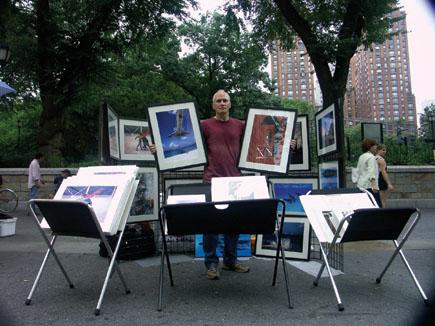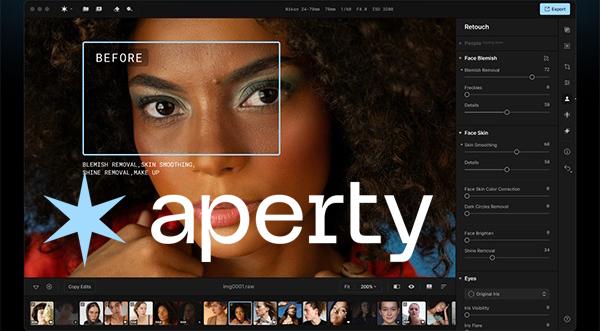Pro Techniques
Sort By: Post DateTitle Publish Date
|
May 28, 2014
|
Apr 01, 2007
|
May 01, 2003
|
Jul 01, 2008
|
Feb 07, 2017
|
May 24, 2024
|
Sep 01, 1999
|
Jun 01, 2007
|
Oct 25, 2013 |
First Published: Sep 01, 2013
|
Jan 01, 2008
|
May 30, 2014 |
First Published: Apr 01, 2014
|
Nov 07, 2024
|
Sep 01, 2007
















